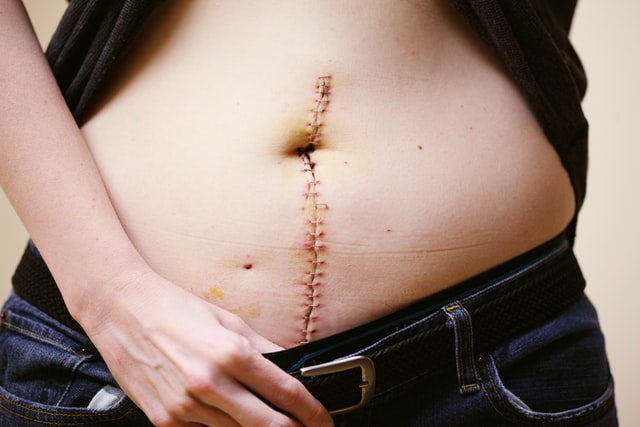Overview Of Keloid Scar
A Keloid is the growth of extra scar tissue. It occurs where the skin has healed after an injury.
Commonly Associated With
Scar – keloid
Causes Of Keloid Scar
Keloids can form after skin injuries from:
- Acne
- Burns
- Chickenpox
- Ear or body piercing
- Minor scratches
- Cuts from surgery or trauma
- Vaccination sites
- Keloids are most common in people younger than 30. Black people, Asians, and Hispanics are more prone to developing keloids. Keloids often run in families. Sometimes, a person may not recall what injury caused a keloid to form.
Symptoms Of Keloid Scar
A keloid may be:
- Flesh-colored, red, or pink
- Located over the site of a wound or injury
- Lumpy or ridged
- Tender and itchy
- Irritated from friction such as rubbing on clothing
- A keloid will tan darker than the skin around it if exposed to the sun during the first year after it forms. The darker color may not go away.
Exams & Tests
Your doctor will look at your skin to see if you have a keloid. A skin biopsy may be done to rule out other types of skin growths (tumors).
Treatment Of Keloid Scar
Keloids often do not need treatment. If the keloid bothers you, discuss your concern with a skin doctor (dermatologist).
The doctor may recommend these treatments to reduce the size of the keloid:
- Corticosteroid injections
- Freezing (cryotherapy)
- Laser treatments
- Radiation
- Surgical removal
- Silicone gel or patches
- These treatments, especially surgery, sometimes cause the scar to become larger.



